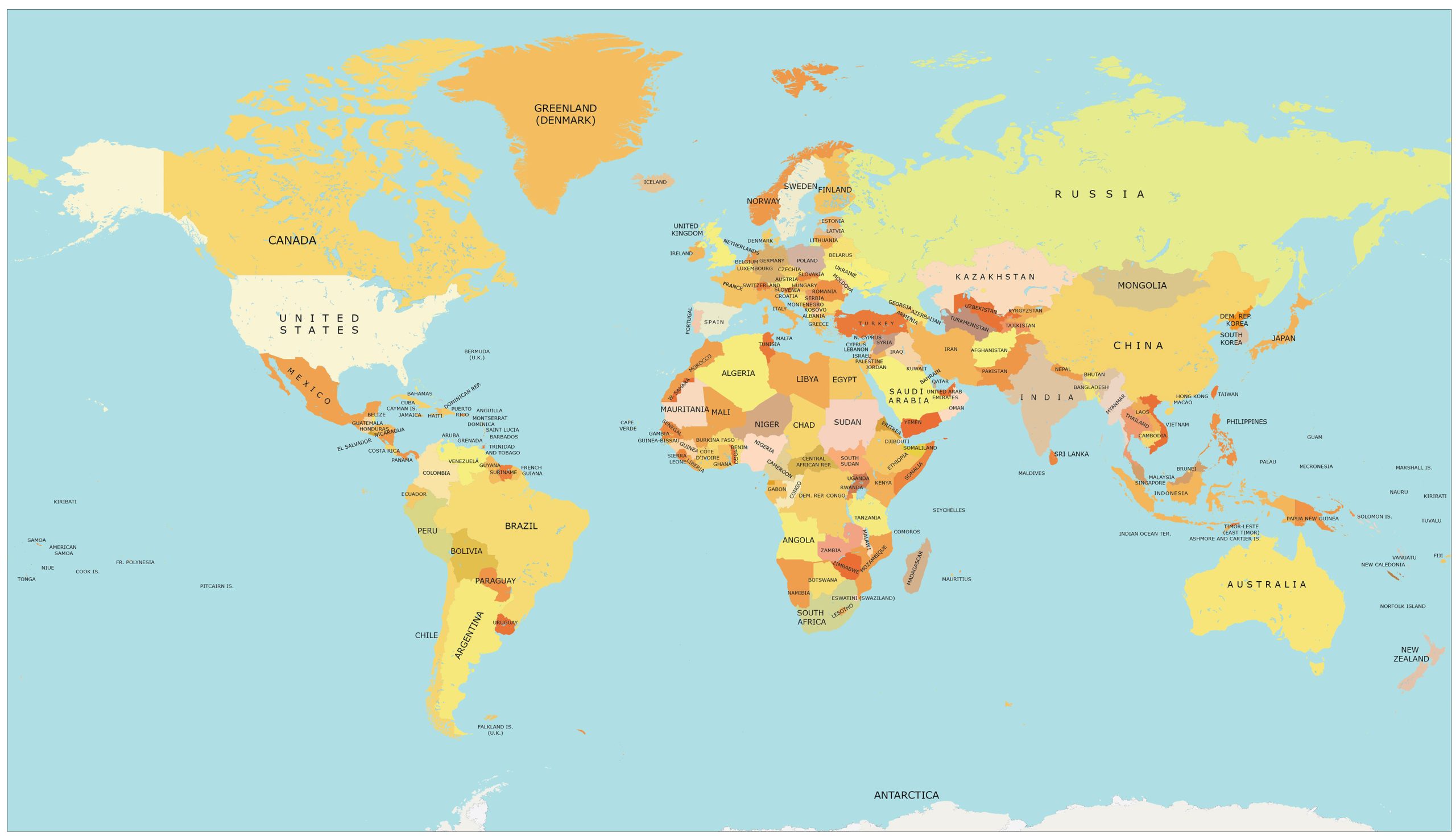Atmospheric Rivers: Extreme Weather, Flooding, and Climate Impact
Are you hearing about atmospheric river events in the news and struggling to understand what they are and why they matter? You're not alone. This comprehensive guide will break down the science behind these powerful weather phenomena, exploring their formation, impacts, and the role they play in our climate.
Defining the Atmospheric River
At its core, an atmospheric river definition describes a long, narrow, and concentrated band of water vapor in the atmosphere. Think of it as a river in the sky, transporting vast amounts of moisture from tropical or subtropical regions towards higher latitudes. These rivers are typically thousands of kilometers long and hundreds of kilometers wide.
The amount of water vapor transported by an atmospheric river can be truly staggering. Statistics show that the average atmospheric river transports an amount of water vapor roughly equivalent to the average flow of water at the mouth of the Mississippi River. According to a 2024 study by the Scripps Institution of Oceanography, some of the largest atmospheric river events can carry up to 15 times that amount. This immense concentration of moisture makes them a significant driver of precipitation and can lead to both beneficial rainfall and devastating flooding.
The Formation of Atmospheric Rivers
The formation of an atmospheric river is a complex process influenced by several factors, including:
- Large-scale weather patterns: Global circulation patterns, such as high and low-pressure systems, play a crucial role in steering and focusing moisture into these narrow bands.
- Temperature gradients: Differences in temperature between the tropics and higher latitudes create atmospheric instability, which can contribute to the development of strong winds that carry moisture.
- Topography: Mountain ranges can force air to rise, cooling it and causing the water vapor to condense into precipitation, further intensifying the effects of the atmospheric river.
Many atmospheric rivers originate in the tropics, drawing moisture from warm ocean surfaces. The famous "pineapple express weather" pattern, for example, is a type of atmospheric river that transports moisture from the vicinity of Hawaii towards the west coast weather of North America.
The Effects of Atmospheric Rivers
The atmospheric river effects are multifaceted, ranging from beneficial to catastrophic. While they are essential for replenishing water supplies in many regions, they can also trigger severe flooding and landslides.
| Impact | Description | Region Affected |
|---|---|---|
| Water Supply | Replenishes reservoirs and groundwater, crucial for agriculture and human consumption. | California, Western US |
| Atmospheric river flooding | Intense rainfall can overwhelm drainage systems, leading to widespread inundation. | Coastal and mountainous areas |
| Landslides and Debris Flows | Saturated soil becomes unstable, increasing the risk of landslides and debris flows. | Steep slopes and mountainous regions |
| Ecosystem Changes | Alters streamflow patterns and impacts aquatic habitats. | Riverine and coastal ecosystems |
Beneficial Impacts
Despite the potential for destruction, atmospheric rivers play a vital role in replenishing water resources, especially in regions like California. They provide a significant portion of the annual precipitation, filling reservoirs and recharging groundwater aquifers.
Destructive Impacts
The most significant destructive impact of atmospheric river events is undoubtedly atmospheric river flooding. The sheer volume of water released can overwhelm infrastructure, causing widespread damage to homes, businesses, and transportation networks.
ARkStorm Scenario
Scientists have modeled extreme atmospheric river events, such as the ARkStorm scenario, which simulates a prolonged and intense series of atmospheric rivers impacting California. Such an event could lead to catastrophic flooding, potentially exceeding the damage caused by major earthquakes.
The Role of Atmospheric Rivers in West Coast Weather
The west coast weather, particularly in California, is heavily influenced by atmospheric rivers. These events are responsible for a significant portion of the region's annual precipitation, making them crucial for water resources management. However, the intensity and frequency of atmospheric rivers can vary greatly from year to year, leading to periods of drought followed by periods of intense flooding.
The pineapple express weather pattern is a specific type of atmospheric river that brings warm, moist air from the tropics to the west coast. This often results in heavy rainfall and snow at higher elevations. The orientation of the coastline and the presence of mountain ranges further amplify the effects of these events.
Understanding Extreme Precipitation Events and Atmospheric Moisture Transport
Atmospheric rivers are a prime example of extreme precipitation events. Their ability to transport vast amounts of atmospheric moisture transport makes them a significant contributor to both beneficial rainfall and destructive flooding. Understanding the dynamics of atmospheric moisture transport is crucial for predicting and mitigating the impacts of these events.
Scientists use various tools and models to track and forecast atmospheric rivers, including satellite observations, weather models, and data from ground-based sensors. These tools help them to understand the intensity, location, and duration of these events, providing valuable information for emergency preparedness and water resources management.
| Parameter | Description | Measurement Method |
|---|---|---|
| Integrated Vapor Transport (IVT) | A measure of the total amount of water vapor moving through a column of the atmosphere. | Satellite and weather models |
| Precipitation Rate | The amount of rainfall or snowfall per unit of time. | Rain gauges, radar, and satellite estimates |
| Wind Speed and Direction | The speed and direction of the winds carrying the moisture. | Weather models, weather balloons, and surface observations |

Predicting Atmospheric Rivers
Advances in weather forecasting have significantly improved our ability to predict atmospheric river events. These predictions rely on complex computer models that simulate the atmosphere and ocean, incorporating data from satellites, weather balloons, and surface observations.
Monitoring Atmospheric Rivers
A network of instruments is used to monitor atmospheric rivers, including satellites that measure atmospheric moisture and ground-based sensors that record precipitation and wind speed. This data is crucial for verifying forecasts and improving our understanding of these events.
The Future of Atmospheric Rivers
Climate change is expected to influence the behavior of atmospheric rivers, potentially leading to more frequent and intense events. Warmer temperatures will increase the amount of water vapor in the atmosphere, potentially amplifying the intensity of these rivers. Changes in large-scale circulation patterns could also alter their tracks, affecting the regions they impact.
Understanding how climate change will affect atmospheric rivers is crucial for developing effective adaptation strategies. This includes investing in infrastructure improvements to reduce flood risk, developing more accurate forecasting tools, and implementing water resources management strategies that can cope with both drought and extreme precipitation.
FAQ: Frequently Asked Questions About Atmospheric Rivers
- What is the difference between an atmospheric river and a regular rainstorm?
An atmospheric river is a concentrated and elongated band of water vapor in the atmosphere, transporting large amounts of moisture from tropical or subtropical regions. Regular rainstorms are typically smaller and less organized, and they don't transport nearly as much moisture over long distances.
- Are atmospheric rivers only a problem for California?
While atmospheric rivers are a significant concern for California, they can impact other regions as well, including the Pacific Northwest, Europe, and other coastal areas worldwide.
- Can atmospheric rivers be beneficial?
Yes, atmospheric rivers are crucial for replenishing water supplies in many regions, providing a significant portion of the annual precipitation. However, they can also cause devastating flooding.
- How can I prepare for an atmospheric river event?
Stay informed about weather forecasts and warnings. Prepare for potential flooding by clearing gutters and drains, securing outdoor furniture, and having an emergency kit ready. Follow the guidance of local authorities.
- What is the ARkStorm scenario?
The ARkStorm scenario is a hypothetical but plausible extreme weather event in California. It simulates a series of strong atmospheric rivers hitting California over several weeks, causing massive flooding and widespread damage.
Atmospheric rivers are powerful weather phenomena with the ability to both replenish vital water supplies and cause devastating flooding. Understanding their formation, characteristics, and potential impacts is essential for mitigating risks and adapting to a changing climate. We encourage you to share your thoughts and experiences with atmospheric river events in the comments below, and feel free to ask any further questions you may have!

